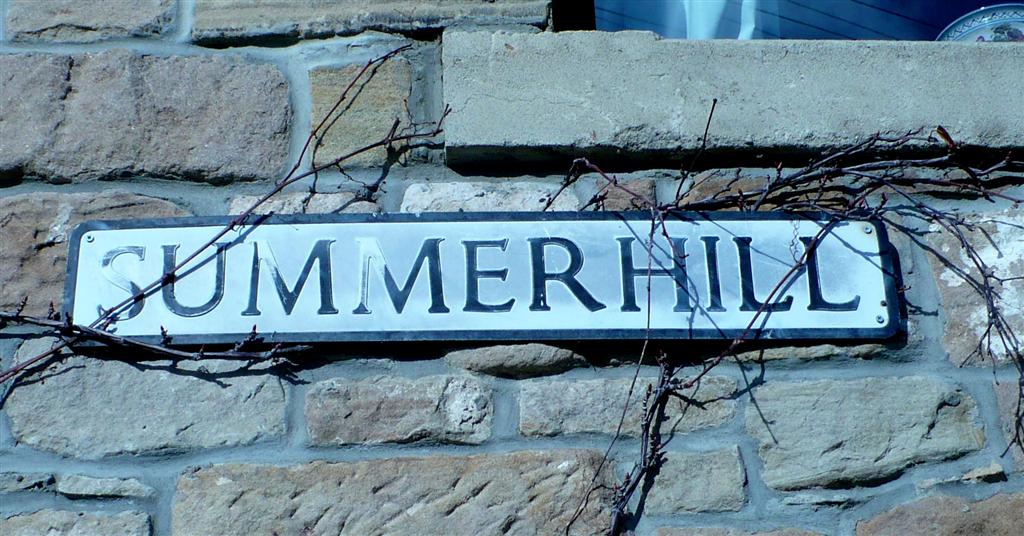
Just to the west of Blaydon is a well known local landmark. It appears from the north and east as a distinct hill but is actually a finger of high ground falling away abruptly on its north, east and west sides. The hill has fine views all round and its commanding position probably made it an ideal strategic, defensible site for ancient human settlement (possibly at nearby Path Head).
In May 1930 some boys playing at the Summerhill unearthed a coffin, a stone cist. The remains of a male and female were found in it, of Bronze Age people who died probably between 1000 and 2000BC. Also a beaker and a flint knife were found in the burial cist. These were probably included for the dead to use in the next life. The man and woman may have been married and buried at different times or possibly the woman was sacrificed when the man died (the latter suggested by scientific analysis of the bone remnants). Later further cists were discovered at the nearby sand quarry.
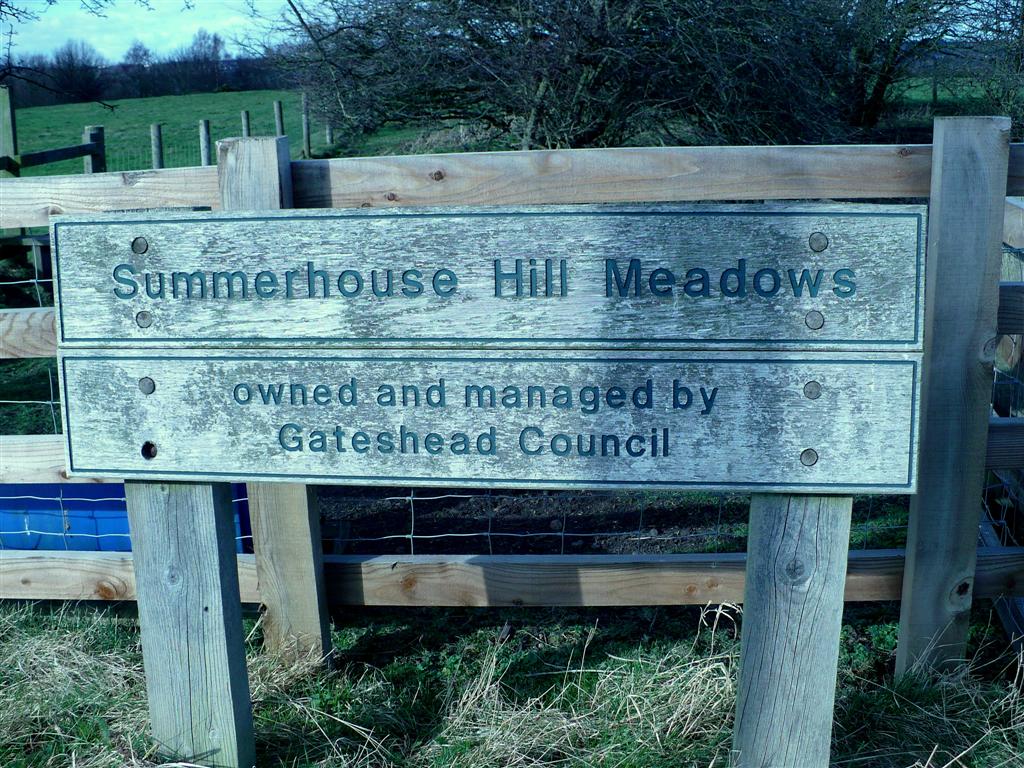
The hill is known to local folk as 'The Summerhill' but its past name was Summerhouse Hill.
Just further west is slightly higher ground - Image Hill, so named because statues of two classical Greek figures, the god Apollo and the playwright Aesculapius, once stood there. Both formed part of the old Stella Hall Estate and the origin of these two names lies in the connection with Stella Hall.
The Summerhill has, at its summit, a folly. This octagonal structure was 'the summerhouse', and is situated at the eastern border of the grounds of what was Stella Hall Estate.
Stella Hall was built by the Tempests (around 1600) as their family residence, on the site of a derelict twelfth century Norman manor house/nunnery. The Tempests were a very successful merchant and mine owning family of considerable wealth who managed, with astute political skill, to stay onside of the Tudor dynasty, despite being devout catholics. It was located east of Stella village, lying between Ryton and Blaydon. The old nunnery had been granted to three friends of Henry 8th after the dissolution of the monastries, then passed to Robert Anderson, one of the Lords of the Manor of Winlaton, who pulled down the old house. The land, including the derelict manor house site, then passed into the hands of the Tempests.
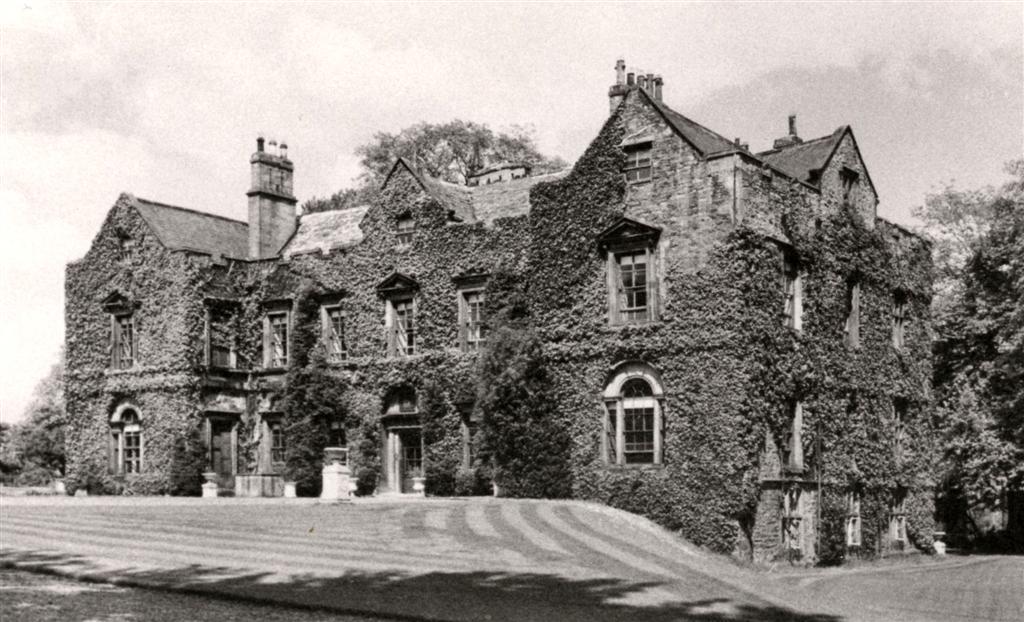
Around 1700 the Hall passed, by marriage, to Lord Widdrington. The Widdringtons were a land owning, aristocratic family. It finally passed to the Cowens, successful entrepreneurial industrialists of working class origins who became part of the growing, highly successful middle classes. Joseph Cowen Snr and Jnr, father and son, rose to considerable eminence through mine and brickwork ownership (see Blaydon Burn history) then as local MPs.
The original Elizabethan style mansion was considerably altered in the late eighteenth century by Payne (who designed Axwell Hall, Bradley Hall, Gibside Chapel) then in 1840 further modification was carried out under the direction of architect John Dobson.
It was the Widdrington's who had the summerhouse constructed. Its position gave fine views - east across to Blaydon and Newcastle beyond, west to Stella and its Hall. To the north is the sweep of the Tyne, Newburn Haughs, Blaydon Island (site of the racecourse, later removed by dredging) and south to Path Head and the higher ground of Image Hill.
Around 1867 statue of Giuseppe Garibaldi was placed at the summerhouse, at the behest of Joseph Cowen Jnr (a close friend and political sympathiser who entertained Garibaldi at Stella Hall when he visited Tyneside). It was placed there by Robert Eadie of Blaydon (according to historian Bourn) and stood to the north side of the summerhouse.
The last resident of Stella Hall was Jane Cowen, daughter of Joseph Jnr - she died in 1948 and the Hall was demolished 1953/55. Stella Hall Housing Estate was built on the land. Only a few remnants of the estate boundary wall and, ironically, the folly and statue head, remain as evidence of past halcyon days.
The Summerhill became a recreational area for Blaydon and Stella people. I remember as a youngster of the 1950s, children would 'bool' their Easter paste eggs on the fine turf of the hillside. Eggs were dyed, patterned (using onion peelings, old cloth etc.) and after 'booling' were devoured as part of many a nice family picnic.
Sadly the summerhouse gradually fell into ruin during the twentieth century but has recently been rennovated to some extent, and made safe, by Gateshead Council, who seem to do well when it comes to such matters. The Garibaldi statue was destroyed around the turn of the century (1900) under dubious circumstances (it may have been some form of retaliation) but a local resident found the head in a nearby garden some years back and it is now on display in Blaydon Branch Library.
Below are some colour photos from The Summerhill and its folly, also views towards it from various directions to try to give an 'all round' impression of this unique place. Colour photos all taken 5-3-2012 RV. Thanks to IseeGateshead Libraries On-Line archive for b/w photo of Stella Hall (date/photographer unknown).
Top left - Summerhill summit looking north east to the folly.
Top right - view north to Tyne and Newburh Haugh/Newburn/Lemington.
Second left - view east to Tyne and Scotswood/Newcastle in far distance.
Second right - view south to the folly from a little way down the hillside.
Third left - one of the residents saying 'keep off my grass'.
Third right - view south from style at bottom of hill on footpath to Stella.
Fourth left - view to folly from the south east - from the Lead Road.
Fourth right - Summerhill houses at northern end of the Lead Road (Blaydon to Greenside).
Bottom left - telephoto view west from Blaydon, from the pedestrian bridge over the A695 - Cochran Street then Summerhill in background.
Bottom right - head from the Garibaldi statue, now on display in Blaydon Library.
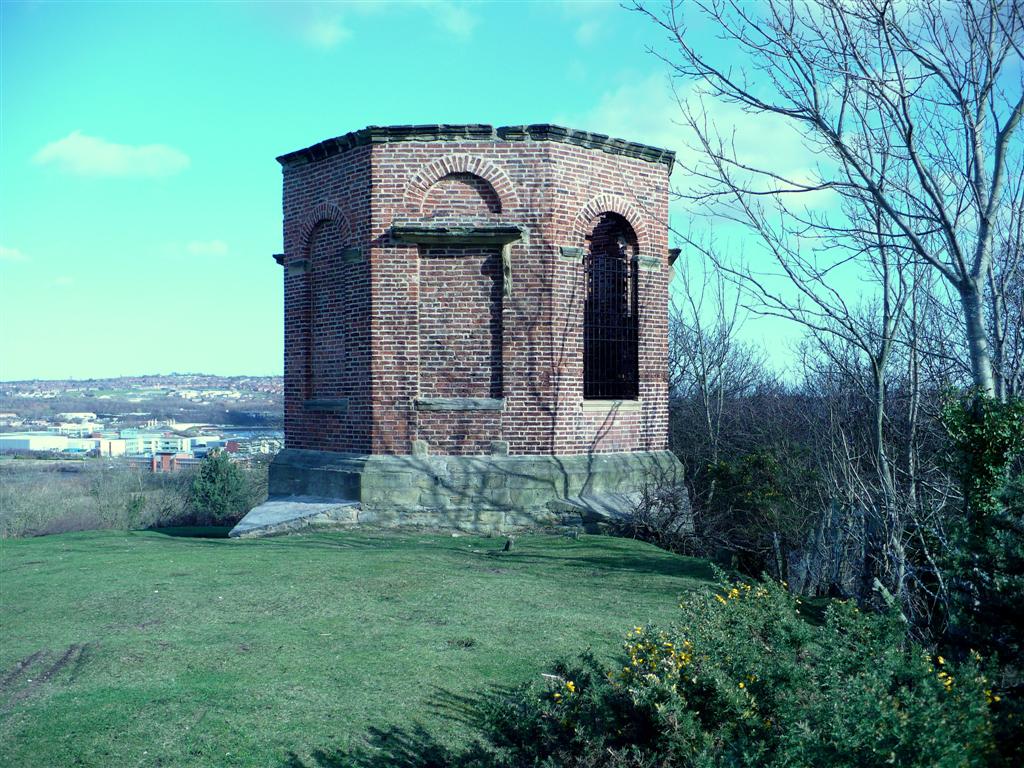
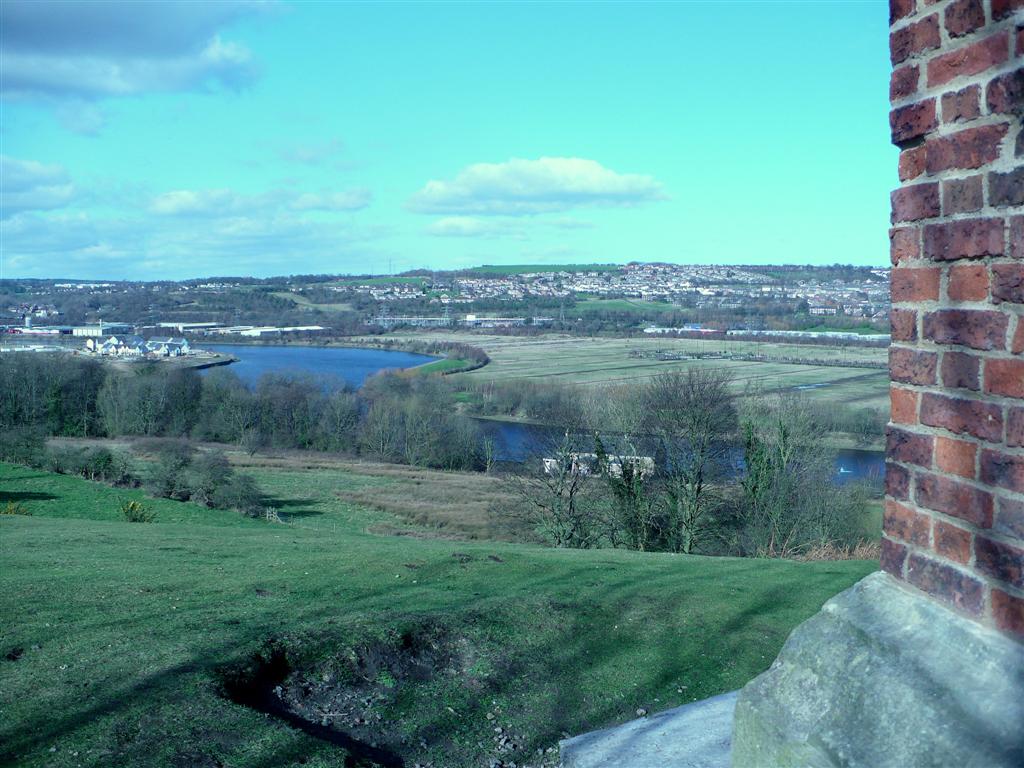
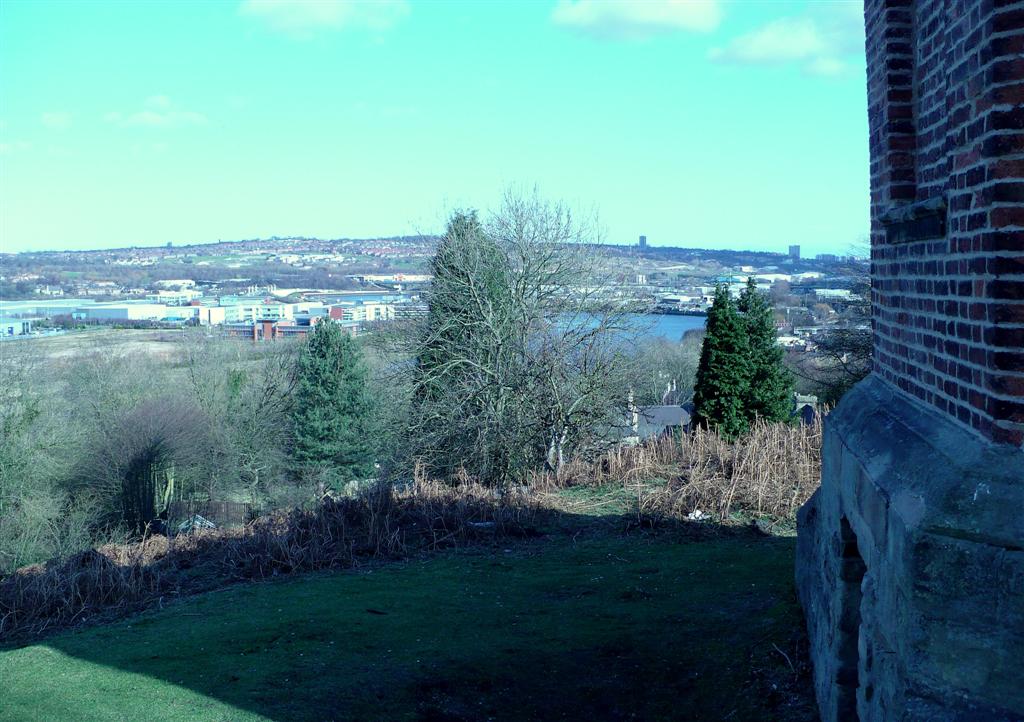
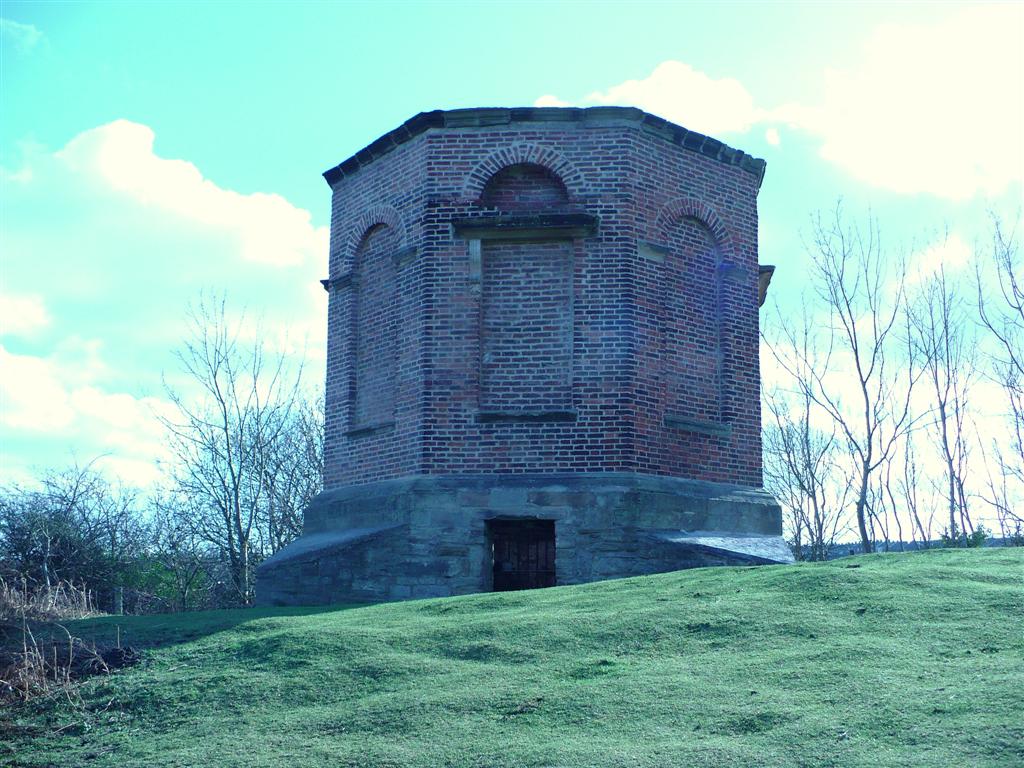
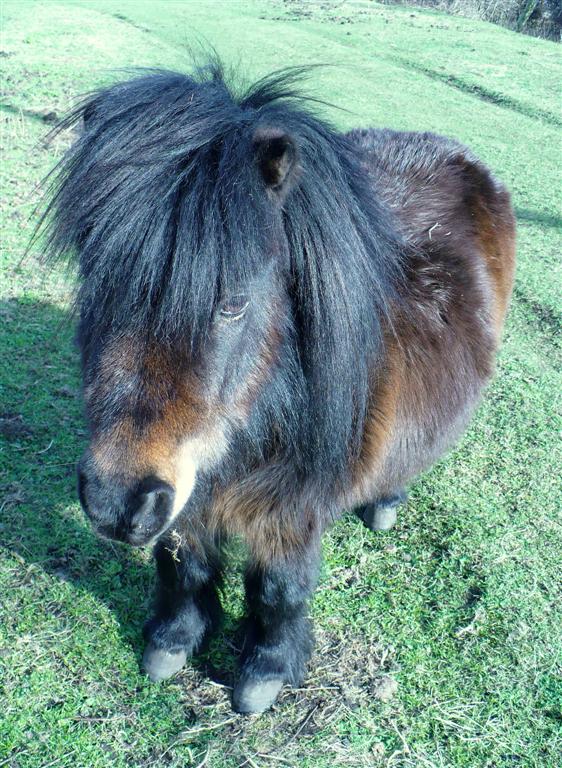
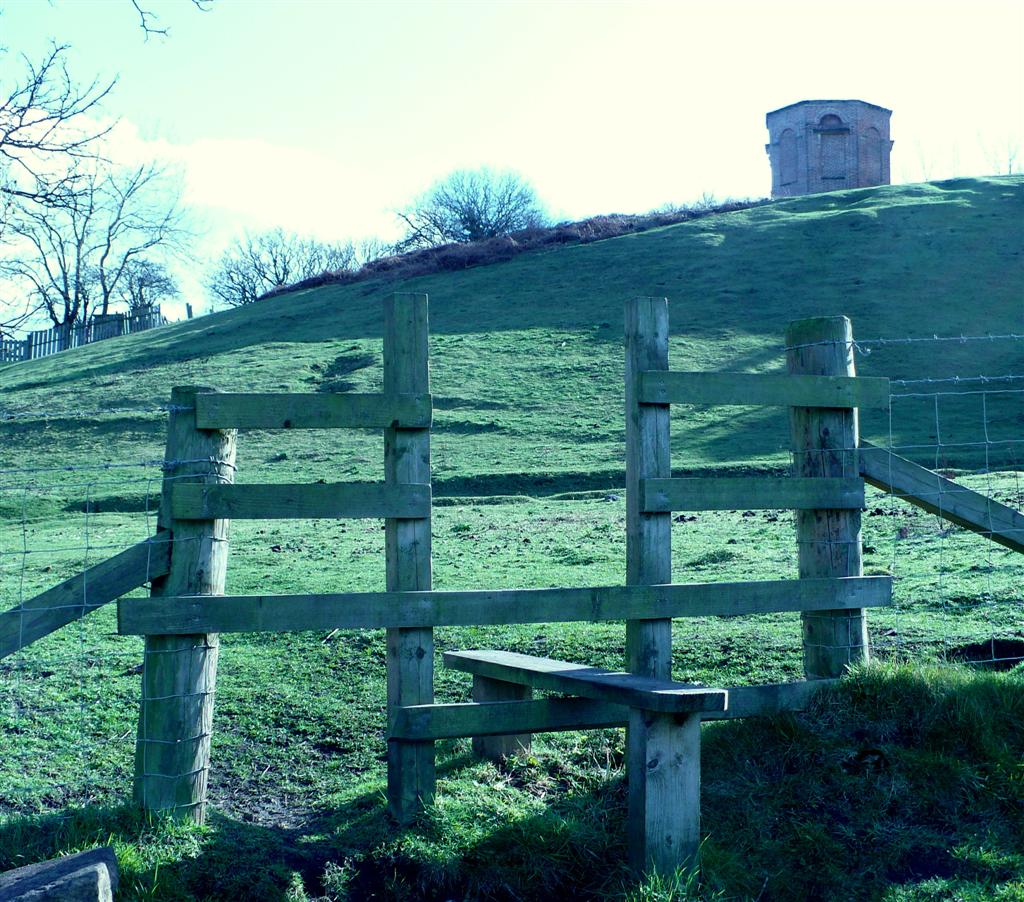
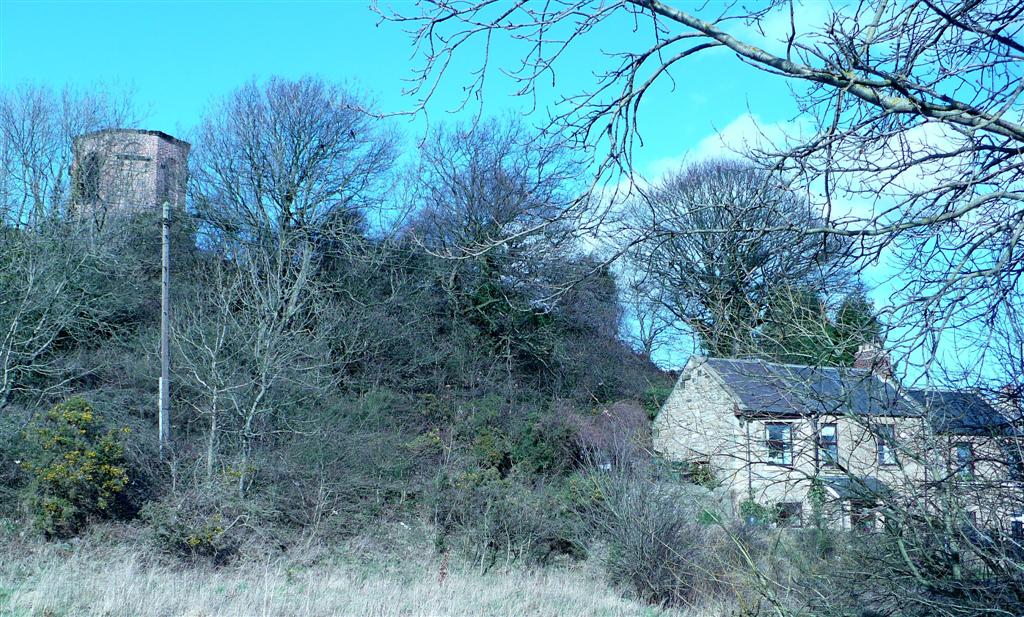
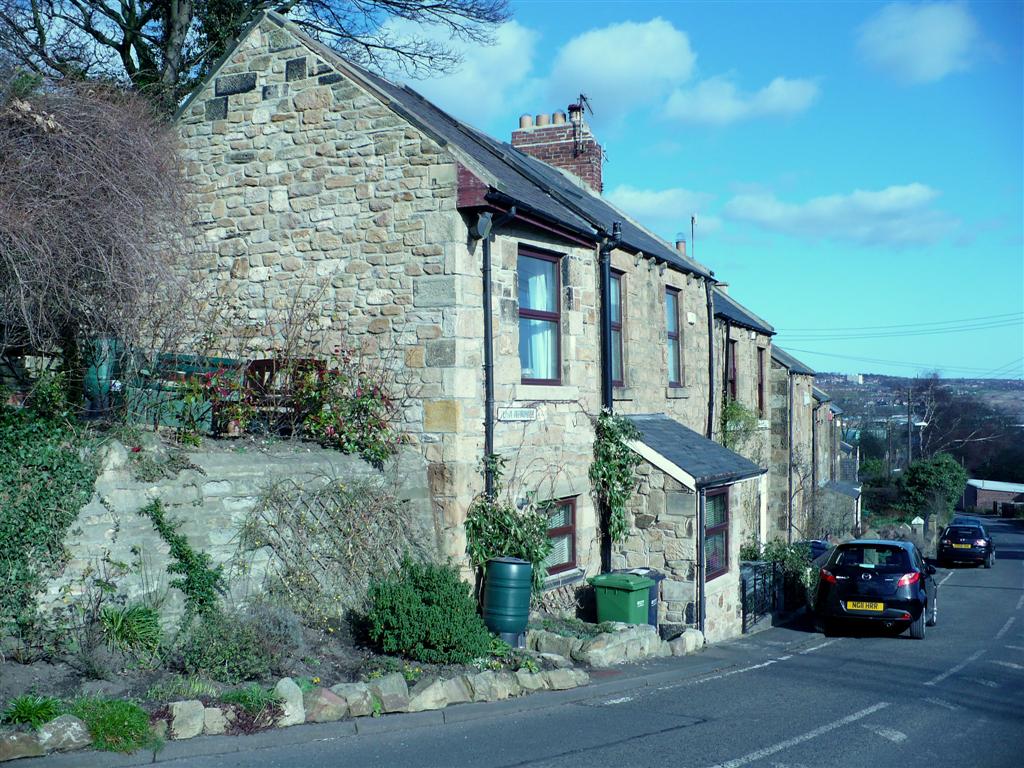
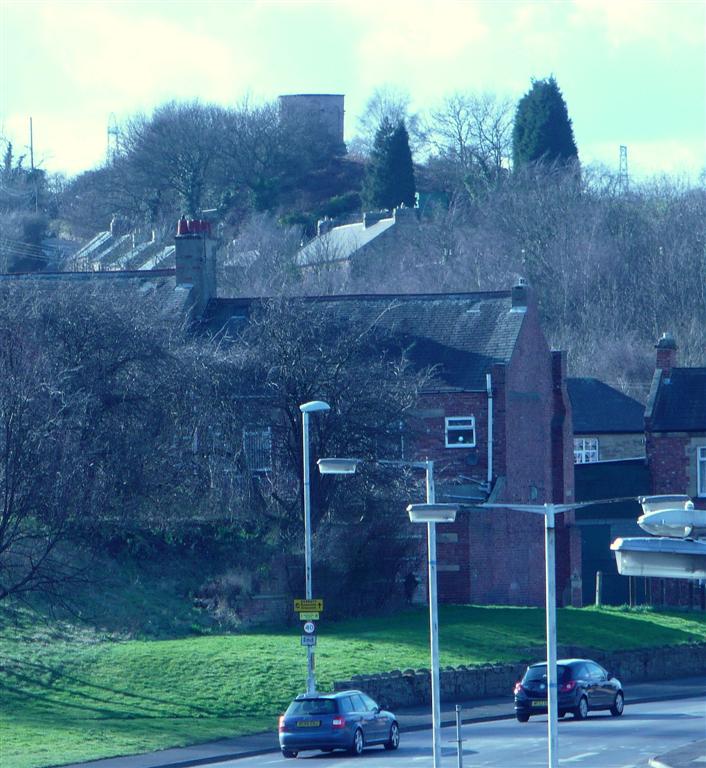
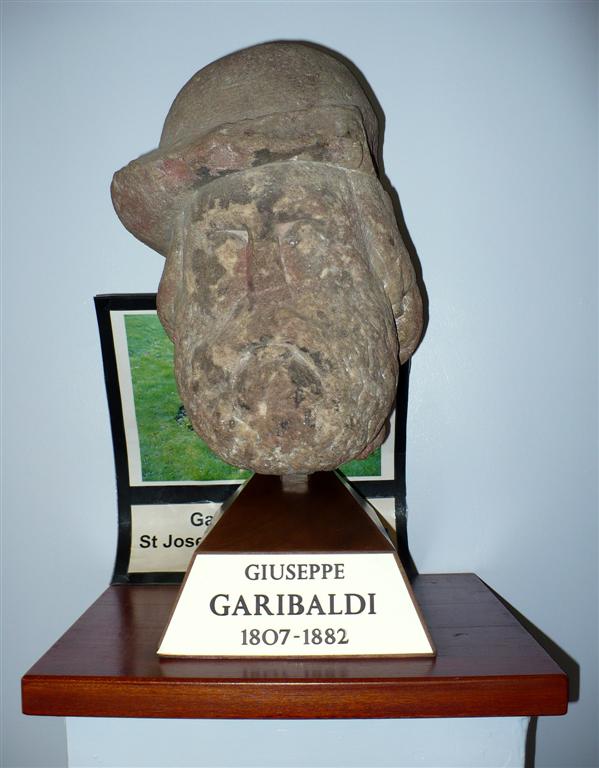
Roly Veitch
5th March 2012
For more information on our local area history, our unique dialect, our wealth of dialect songs and other topics please visit the home page menu - link below.
Back to Home Page